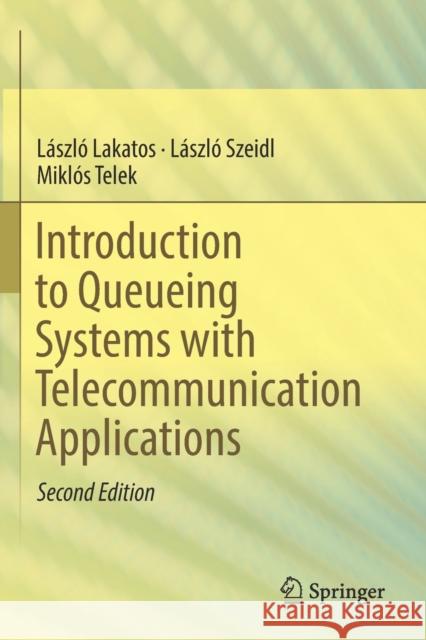Introduction to Queueing Systems with Telecommunication Applications » książka
topmenu
Introduction to Queueing Systems with Telecommunication Applications
ISBN-13: 9783030151447 / Angielski / Miękka / 2020 / 559 str.
Introduction to Queueing Systems with Telecommunication Applications
ISBN-13: 9783030151447 / Angielski / Miękka / 2020 / 559 str.
cena 221,90 zł
(netto: 211,33 VAT: 5%)
Najniższa cena z 30 dni: 91,69 zł
(netto: 211,33 VAT: 5%)
Najniższa cena z 30 dni: 91,69 zł
Termin realizacji zamówienia:
ok. 22 dni roboczych
Bez gwarancji dostawy przed świętami
ok. 22 dni roboczych
Bez gwarancji dostawy przed świętami
Darmowa dostawa!
Kategorie:
Kategorie BISAC:
Wydawca:
Springer
Język:
Angielski
ISBN-13:
9783030151447
Rok wydania:
2020
Wydanie:
2019
Ilość stron:
559
Waga:
0.80 kg
Wymiary:
23.39 x 15.6 x 2.97
Oprawa:
Miękka
Wolumenów:
01
Dodatkowe informacje:
Wydanie ilustrowane











